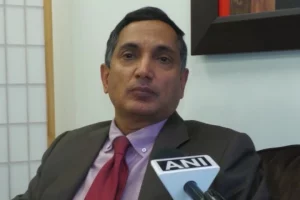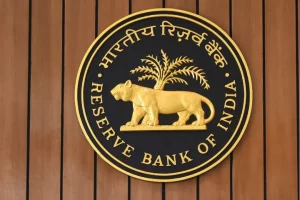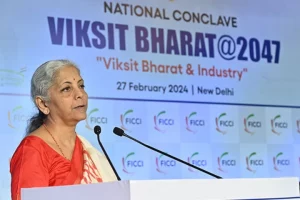India is looking to delineate politics and economy as much as possible. Sample this. Notwithstanding the border tension with China, bilateral trade between the two countries crossed a record $125.6 billion in 2021.
In 2001, it was just $1.83 billion.
“We are driven by our own priorities and interests to ensure that our manufacturers and other businesses continue seamlessly. There has never been any intention to disrupt trade but at the same time, we will boost our manufacturing and capacity purely for our benefit, it has nothing to do with what other countries are doing,” an insider told India Narrative.
While Beijing based Global Times said that India's “economic policies toward China has been hijacked by politics in recent years, from attempting to heighten scrutiny over Chinese investment and boycotting products made in China to cracking down on Chinese apps,” the fact remains that trade and economic activities have remained undented.
Also read: World Bank pegs India’s economic growth at 8.3% for 2021-22, sees global growth slowing to 4.1%
The Narendra Modi government, in 2020, revised its FDI policy to bar any “opportunistic” takeover or acquisition in domestic companies by its neighbouring countries. The move was aimed at protecting domestic companies from hostile takeovers amid dropping valuations due to the Covid 19 pandemic.
“India has never banned Chinese FDI. The only change in the regulatory structure is the requirement of an approval from the authorities for Chinese companies to invest. This is not a very retrograde step and yes we will apply caution and I don’t see why that should lead to such concerns,” a policymaker on condition of anonymity said.
After the Galwan valley clash in 2020, in 2021, New Delhi even cleared a host of pending investment proposals from Beijing. Sources said that India has never been opposed to foreign direct investment (FDI) from China per se.
In 2020, India also pulled out of the Regional Comprehensive Economic Partnership (RCEP). While the jury is out on whether the decision bears fruit for Indian manufacturing sector, since then New Delhi has been actively seeking to ink bilateral free trade agreements.
The bottomline: Pragmatism and strategic autonomy will be guiding principles for India as it looks to achieve a $5 trillion economy by 2025.




















